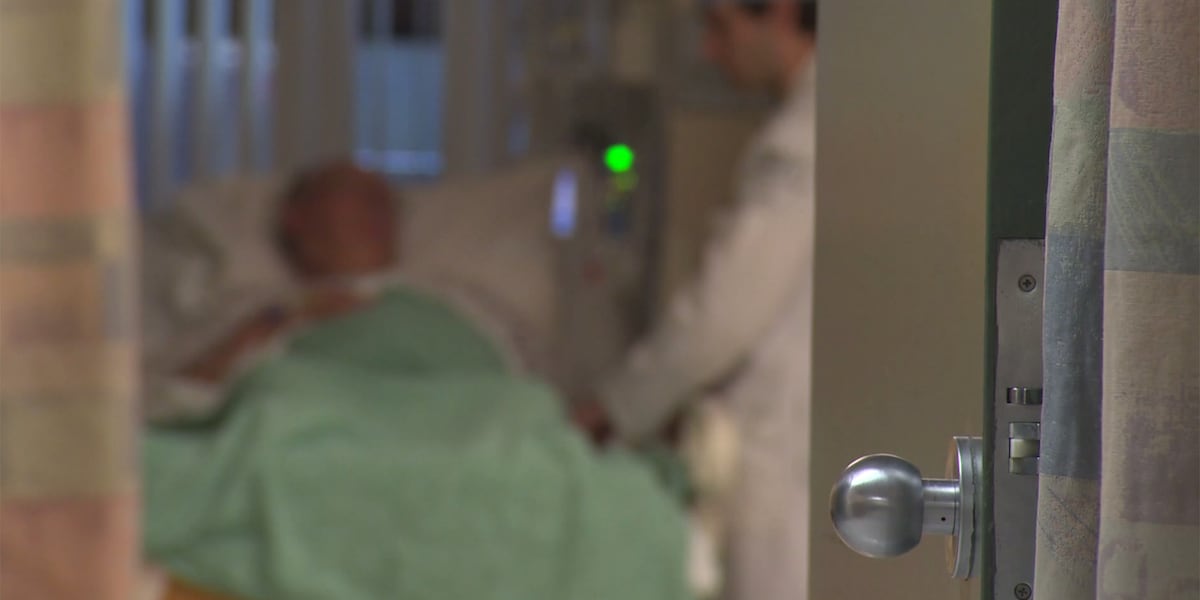Vermont Healthcare Crisis: Soaring Costs Threaten Hospitals, Patients, and the Future of Care

Vermont's Healthcare System Under Pressure: A Looming Crisis
Vermont's healthcare landscape is facing a serious crisis, with hospitals struggling to stay afloat and patients feeling the pinch of escalating costs. A perfect storm of factors, including rising operational expenses, workforce shortages, and complex payment models, is pushing the system to its breaking point. Experts are now sounding the alarm, warning that without significant intervention, the state's healthcare system could face widespread instability and reduced access to vital services.
Hospitals on the Brink: Financial Strain and Insolvency Concerns
Several hospitals across Vermont are teetering on the edge of insolvency. The reasons are multifaceted. Reimbursement rates from both Medicare and Medicaid, the primary payers for many Vermont residents, haven't kept pace with the increasing cost of providing care. This includes the rising cost of supplies, equipment, and, crucially, staffing. The ongoing nursing shortage, exacerbated by burnout and demanding working conditions, is forcing hospitals to rely on expensive temporary staff, further squeezing their budgets.
Furthermore, the shift towards more specialized and complex medical procedures, while beneficial for patient outcomes, also drives up costs. Small, rural hospitals are particularly vulnerable, as they often lack the economies of scale enjoyed by larger urban institutions. Some are already exploring mergers or affiliations to survive, but these options aren't always feasible or desirable for local communities.
Patients Feel the Impact: Higher Premiums and Bills
The financial woes of hospitals are inevitably being passed on to patients. Health insurers are responding to the rising costs by increasing premiums, making coverage less affordable for individuals and families. Even those with insurance are finding themselves facing higher deductibles and co-pays, resulting in significant out-of-pocket expenses. The cost of doctor's visits, specialist consultations, and even prescription medications is also on the rise.
This situation disproportionately affects low-income Vermonters and those with chronic health conditions, who rely on affordable healthcare access. Many are forced to delay or forgo necessary medical care, leading to potentially more serious and costly health problems down the line.
What's Being Done and What Needs to Happen?
State policymakers and healthcare stakeholders are grappling with how to address this crisis. Discussions are underway regarding potential solutions such as:
- Revisiting Reimbursement Rates: Advocating for fairer reimbursement rates from Medicare and Medicaid to reflect the true cost of providing care.
- Workforce Development: Investing in programs to attract and retain healthcare professionals, particularly nurses and doctors, in Vermont.
- Value-Based Care Models: Shifting towards payment models that reward quality and outcomes rather than volume of services.
- Consolidation and Collaboration: Encouraging hospitals to explore strategic partnerships and collaborations to improve efficiency and reduce costs.
- Price Transparency: Implementing measures to increase price transparency in healthcare, allowing patients to shop for the best value.
Looking Ahead: The Future of Vermont Healthcare
The current healthcare crisis in Vermont is a complex challenge that requires a multi-faceted approach. Failure to address these issues will have far-reaching consequences for the state's economy, its residents' health, and the overall quality of life. Bold action and innovative solutions are needed to ensure that Vermonters have access to affordable, high-quality healthcare for years to come. The future of healthcare in Vermont hangs in the balance, demanding immediate and sustained attention.






